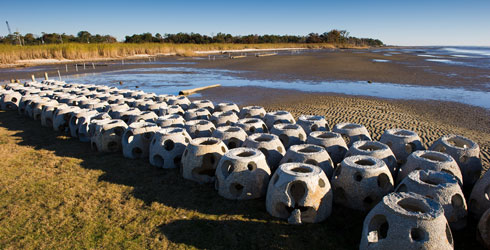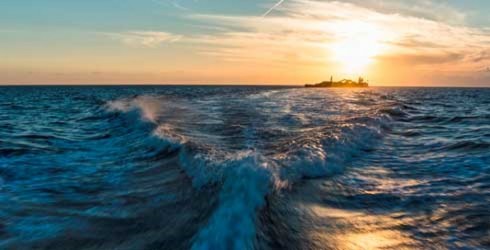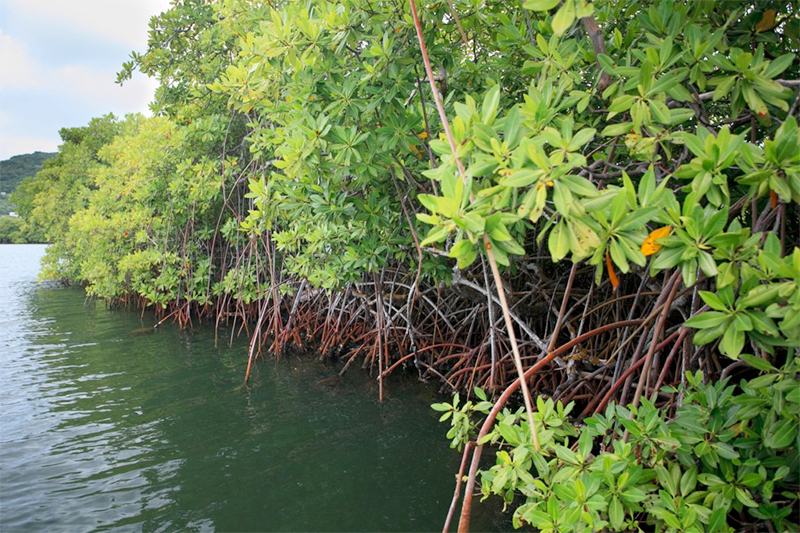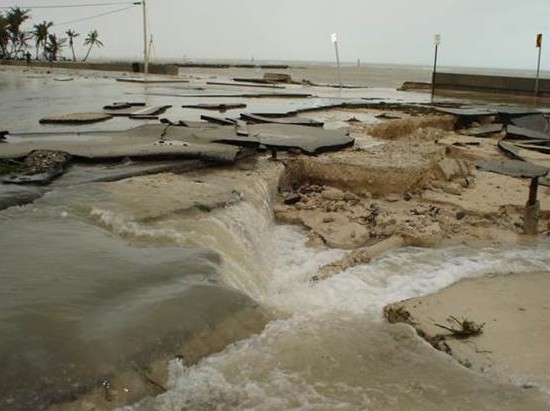
by Coastal Resilience | Oct 7, 2016 | Gulf of Mexico
Just off a quiet stretch of highway in Calhoun County, beyond a nondescript metal gate, lies a 17,000-acre mosaic of dense live oak forests, coastal prairies, salt marshes and wetlands. This tract, known as Powderhorn Ranch, is one of the largest remaining undisturbed...

by Coastal Resilience | Oct 7, 2016 | Gulf of Mexico
Partnership aims to restore 100 miles of oyster reef to protect 1,000 acres of seagrass and marsh THE 100-1000: RESTORE COASTAL ALABAMA PROJECT In the wake of the Deepwater Horizon oil spill, four leading conservation organizations — Alabama Coastal Foundation, Mobile...

by Coastal Resilience | Oct 7, 2016 | Gulf of Mexico
While oysters are one of the most delicious bivalves around, they are, more importantly, the unsung heroes of the Gulf of Mexico. They play a vital role in protecting our shorelines and the health of our oceans, and contribute tremendously to the economic vitality of...

by Coastal Resilience | Oct 7, 2016 | Southeast Atlantic, Southeast Florida
DOWNLOAD FULL REPORT With poorly planned coastal development comes an increase in risk due to coastal hazards and climate change. In the U.S. alone, more than half of the nation’s population lives on the coast. Since 1960, population in coastal areas has increased by...

by Coastal Resilience | Oct 7, 2016 | Southeast Atlantic, Southeast Florida
People often talk about King Tides and climate change, but I think it’s important to point out that these tides are cyclical and predictable, and they happen all around the world. Australia, South America, everywhere, and have happened as long as there have been...






